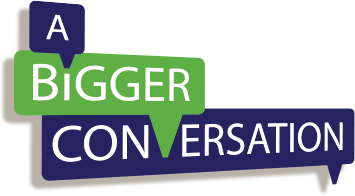
Summary
The development of new technologies and their applications often have to navigate regulatory limitations and public attitudes, expectations or resistance – the trajectories of genetically modified crops in the Europe or the success of in vitro fertilization after initial resistance demonstrate how public attitudes and regulation can determine if a technology succeeds or fails.
Academic scientists and companies working on new technologies increasingly must consider these factors and mitigate real and perceived risks of the technology so as to avoid overreaching regulation and public resistance that could threaten innovation. In this context, social science takes an important role by gauging public attitudes about if and how the emergence of new technologies stokes fears and raises hopes.
This article illustrates how the natural sciences and social sciences interacted in the emerging fields of synthetic biology and nanotechnology, specifically the timing and rise of social science research and commentary on the potential impact and risks of these emerging technologies.
